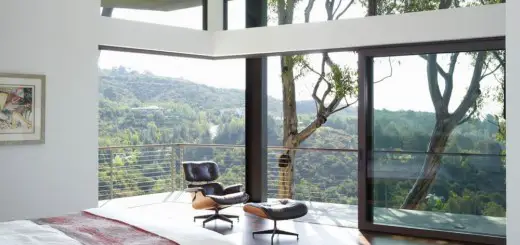AAC Blocks vs Clay Bricks – The Duel Of The Most Popular Construction Materials
This is the dilemma that most often strikes someone willing to build a house using traditional materials. The diversity of the construction materials nowadays makes us often put pros and cons down on a per to finally be able to choose what’s best for our future home. In our case, classic bricks face modern AAC blocks, two popular construction materials, with net differences between them. While brick remains a popular material, with statistics showing that 60 per cent of the new houses built in Europe use this material, AAC blocks are coming fast from behind. Below is a brief comparison, AAC blocks vs clay bricks, pointing our pros and cons for each of them so you can make a decision easier.
First of all, building with AAC blocks ensures proper thermal insulation with no further materials required for this. Secondly, the construction process is quicker since an AAC block equals ten clay bricks in size which also translates into a lower consumption of mortar. Coming in different sizes, the AAC blocks makes the design process easier and allows different types of walls and structures to be raised. AAC is an environmental friendly material, non-toxic and is fire resistant, with an almost four times bigger fire resistance than bricks have.
Moreover, AAC blocks have a better sound proofing capacity in comparison to other construction materials and also have a bigger dry density which makes them resistant to successive fluctuations of temperatures. At the same time, AAC blocks are easy to maneuver in terms of all sort of finishes being done, without the block to break. And since these type of block have a low thermal conductivity coefficient, the heat loss from the inside is reduced.
The main con for the AAC blocks is that a house built with this material needs a stronger resistance structure since the blocks only fill the spaces between supporting pillars. As a consequence, construction costs go up due to the need of a stronger reinforcement.
As concerns the clay bricks, they can also be used as part of the resistance structure of a house so, if a brick wall is demolished, then the resistance structure is also affected. A clear advantage of clay bricks is that they absorb the sun natural energy while also keeping the discharged heat from the inside. The thermal transfer is a lasting process therefore brick houses are warm over winter and cool in summer. Also important, bricks give a building an extra aesthetic value, even if only used in exterior or interior finishes.


















